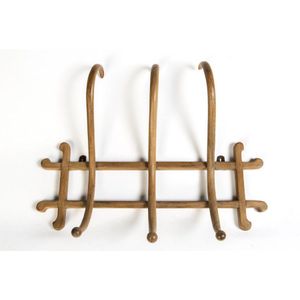Australian Stockwhips & Curios Collection
Australian stockwhips & other curios: Museum standard life-time collection of stockwhip handles, walking sticks & walking stick handles. Predominantly Australian origin ranging from early 19th to mid 20th century. Many fine examples including fiddleback blackwood, casuarina, mulga wood & various Australian hardwoods. The collection has a strong focus on Aboriginal carved material including carved snakes, fists & knots along with traditional tribal motifs. Noted examples; fine whale bone handle with turtle shell inlay; carved boots & horse hooves; lead inlay with Southern Cross; Afghan camelier (South Australia). The collection comes with additional notes & documentation (please ask staff for assistance). (79 pieces)
You must be a subscriber, and be logged in to view price and dealer details.
Subscribe Now to view actual auction price for this item
When you subscribe, you have the option of setting the currency in which to display prices to $Au, $US, $NZ or Stg.
This item has been sold, and the description, image and price are for reference purposes only.
- Casuarina - Casuarina, is also known as beefwood (because of its appearance) she-oak, swamp oak, river oak, forest oak and Botany Bay wood. It is a native Australian hardwood, red brown in colour with dark flecks.
- Blackwood - One of the best known and most widely used Australian timbers, blackwood (acacia melanoxylon), is a member of the Acacia (wattle) family and grows in eastern Australia from about Adelaide in South Australia, as far north as Cairns in Queensland.
The largest, straightest and tallest trees come from the wet forest and swamps of north-west Tasmania where it is grown commercially.
Blackwood timber colours range across a wide spectrum, from a very pale honey colour through to a dark chocolate with streaks of red tinge.
The hardwood timber has been commonly used in the production of furniture, flooring, and musical instruments in Australia from the late 19th century. However, the straight grain timber is not the most prized or valuable, that honour falls to blackwood with a wavy, fiddleback pattern, which is used both in the solid and as a veneer. Fiddleback was only used on the finest examples of furniture. - Fiddleback - A name given to the pattern of the grain in some timbers, where the lines of the grain are compressed and at the same time wavy. Fiddleback grain is prized as a timber for furniture and musical instruments, and is expensive becasue of its scarcity.
In Australia fiddleback graining is found in blackwood. Other non-native timbers that are sometimes found with a fiddleback grain are mahogany and maple.
This item has been included into following indexes:
Visually similar items

A gold necklace and bracelet, the multi strand suite overlaid with cross decoration, mounted in 18ct rose gold, total length 450 mm and 180 mm
Sold by
in
for
You can display prices in $Au, $US, $NZ or Stg.

Set of 4 sterling silver toddy ladles by John Evans of London circa 1841
Sold by
in
for
You can display prices in $Au, $US, $NZ or Stg.

A bentwood wall mount hat rack, 19th century. 50 cm high, 66 cm wide
Sold by
in
for
You can display prices in $Au, $US, $NZ or Stg.

An old English rat-tail pattern silver plated table service for ten place settings
Sold by
in
for
You can display prices in $Au, $US, $NZ or Stg.
